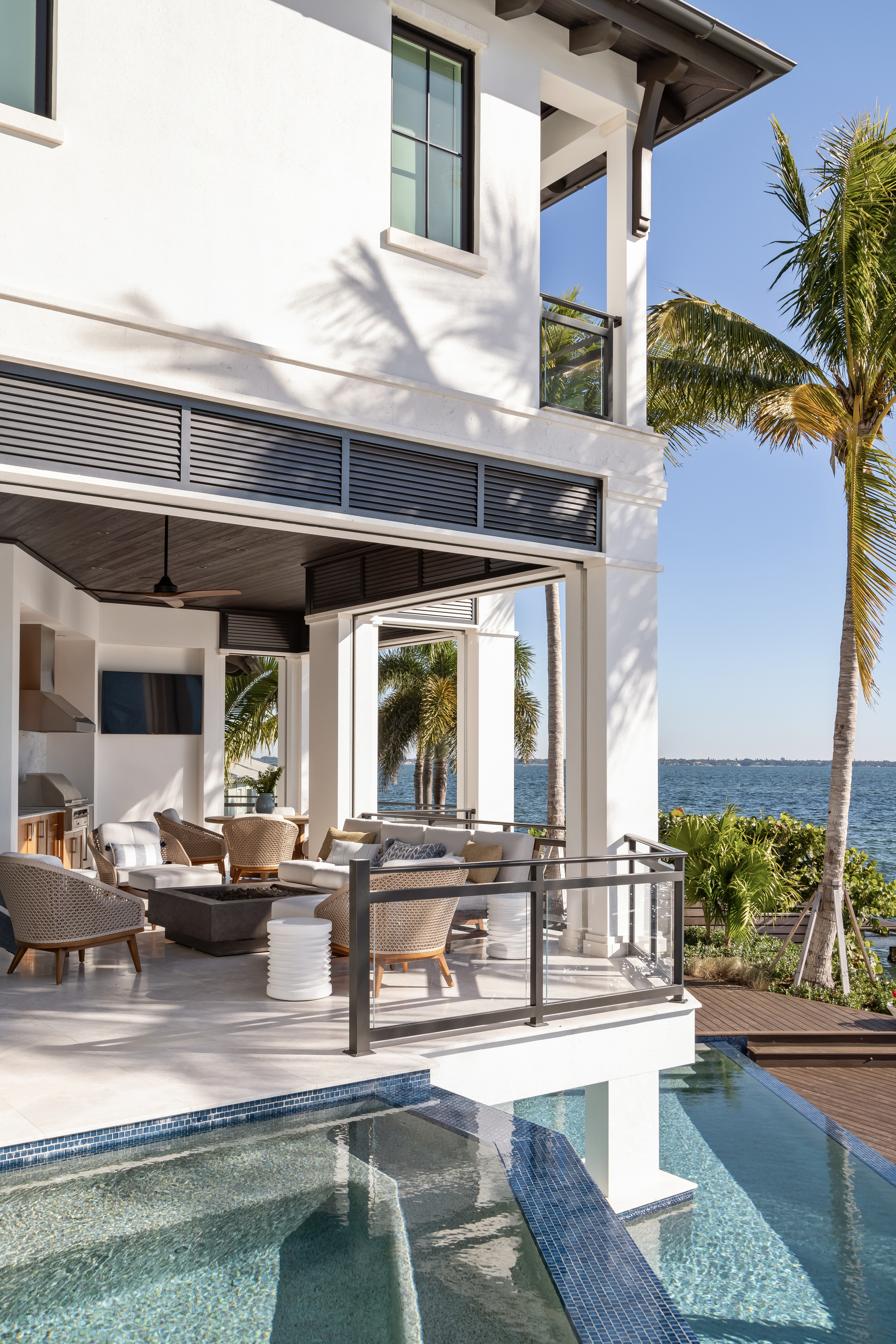
Florida is a beautiful state, with a rich architectural history that dates back centuries. The modernist movement of the 20th century left an indelible mark on the state’s architectural landscape, influencing the design of luxury custom homes built today. In this blog post we will explore the key elements of Florida modernism in home construction and some of the materials used in its construction. We will also take a look at the history of Sarasota and its role in advancing modernist architecture, as well as some of the building materials commonly sourced in Florida for modern home construction.
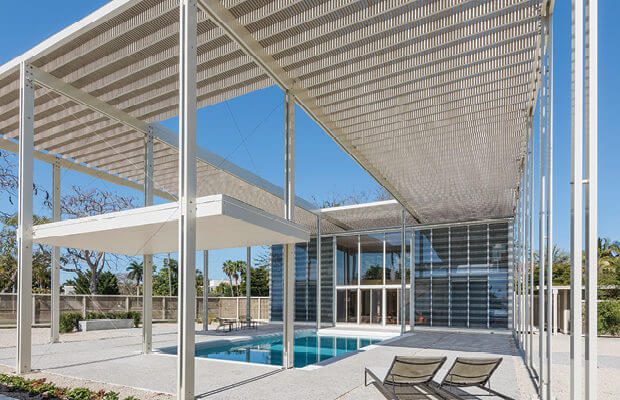
What does the modernist tenet of “form follows function” look like in the warm, humid climates of the tropics?
Florida modernism in construction, a movement that adapted traditional modernism with new techniques and materials; such as passive cooling, stone floors, outdoor living, balmy terraces and interiors sun drenched with natural light.
The History of Florida Modernism in Construction
The modernist style emerged in Europe during the early 20th century. This style saw architects strive to create simple forms with open spaces, clean lines, and natural light. This new approach to design was heavily influenced by German artists who had fled from Nazi Germany and arrived in America during the 1930s. These Bauhaus-trained creatives found refuge in Sarasota, where they soon established what became known as the “Sarasota School of Architecture”, revolutionizing local architecture with their unique designs inspired by nature.
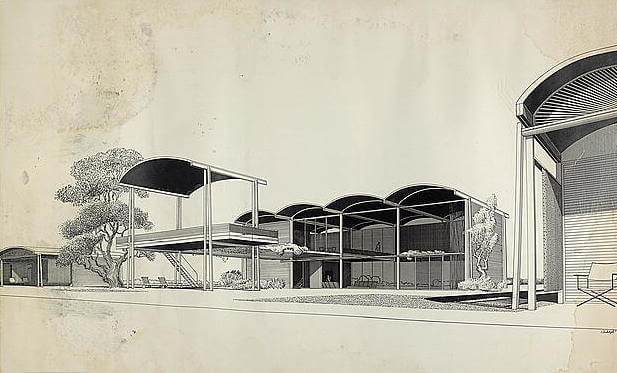
Modern Home Design Elements
Today’s modern homes are designed with many features that echo those seen in classic mid-century modern homes. For example, most have large windows or sliding glass doors that help bring natural light into living spaces; vaulted ceilings; overhangs or flat roofs; outdoor living spaces such as patios or terraces; low-pitched rooflines; minimalistic landscaping; and soft colors like white or beige on walls and exteriors. Additionally, these homes often feature a blend of two different styles—a mix between traditional and contemporary elements—creating a timeless yet stylish look that stands out from more traditional designs.
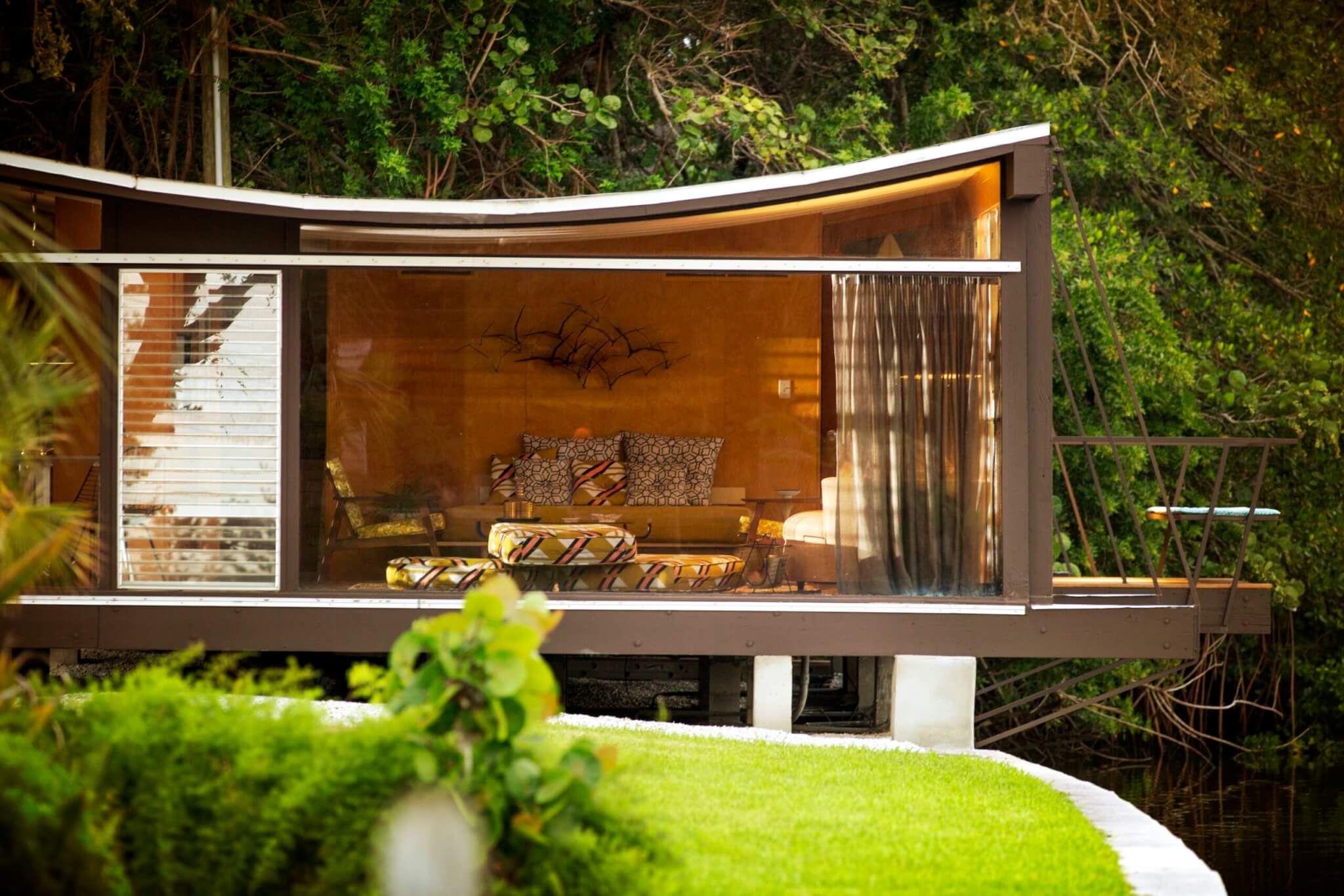
Building Materials Sourced from Florida
When it comes to materials used for luxury custom home construction, there are plenty of options available here in Florida due to its diverse climate and soil conditions. For example, oolite (or coral rock) is an extremely durable sedimentary stone found near limestone quarries throughout Florida which can be used for pathways or as an exterior wall cladding material for buildings. Limestone is another common material used in luxury custom home construction due to its strength and durability – plus it has excellent insulating properties which help keep your home cooler during summer months! Other building materials include wood (such as cypress and Florida yellow pine), brick (such as fired clay bricks), metal (such as steel and aluminum), stucco (an exterior wall coating made from cement) or concrete slabs which can be poured right onsite.
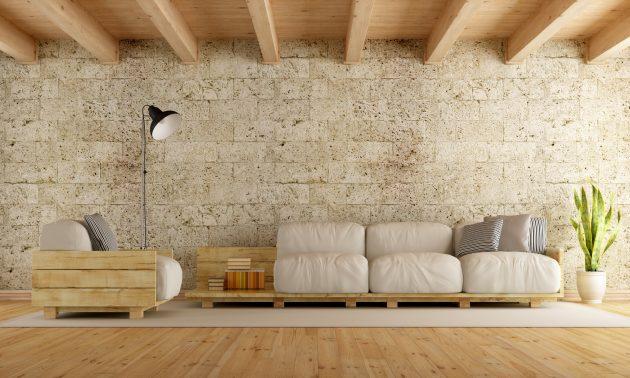
Florida Modernism, or Tropical Modernism, is a movement intended to embrace the abundance of warmth, sunshine and lush natural surroundings of the tropics with a narrative that function lends itself to form. Its main focus is on creating open spaces with clean lines that allow for maximum connectivity between indoors and outdoors while utilizing natural materials throughout its construction. By exploring the elements of Florida modernism you can gain insight into how best to bring this style into your own luxury custom home design so that you can enjoy its beauty and lifestyle for years to come.
Learn more about Perrone Construction’s catalog of luxury homes.
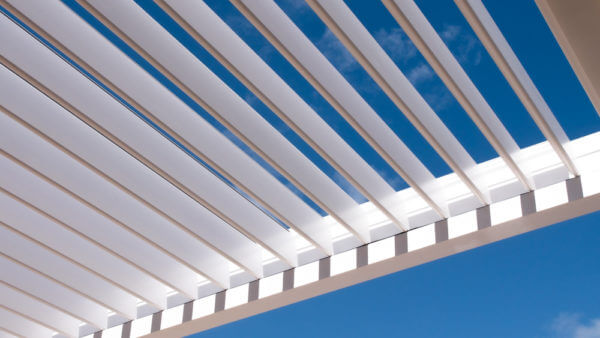
Passive cooling with louvered design
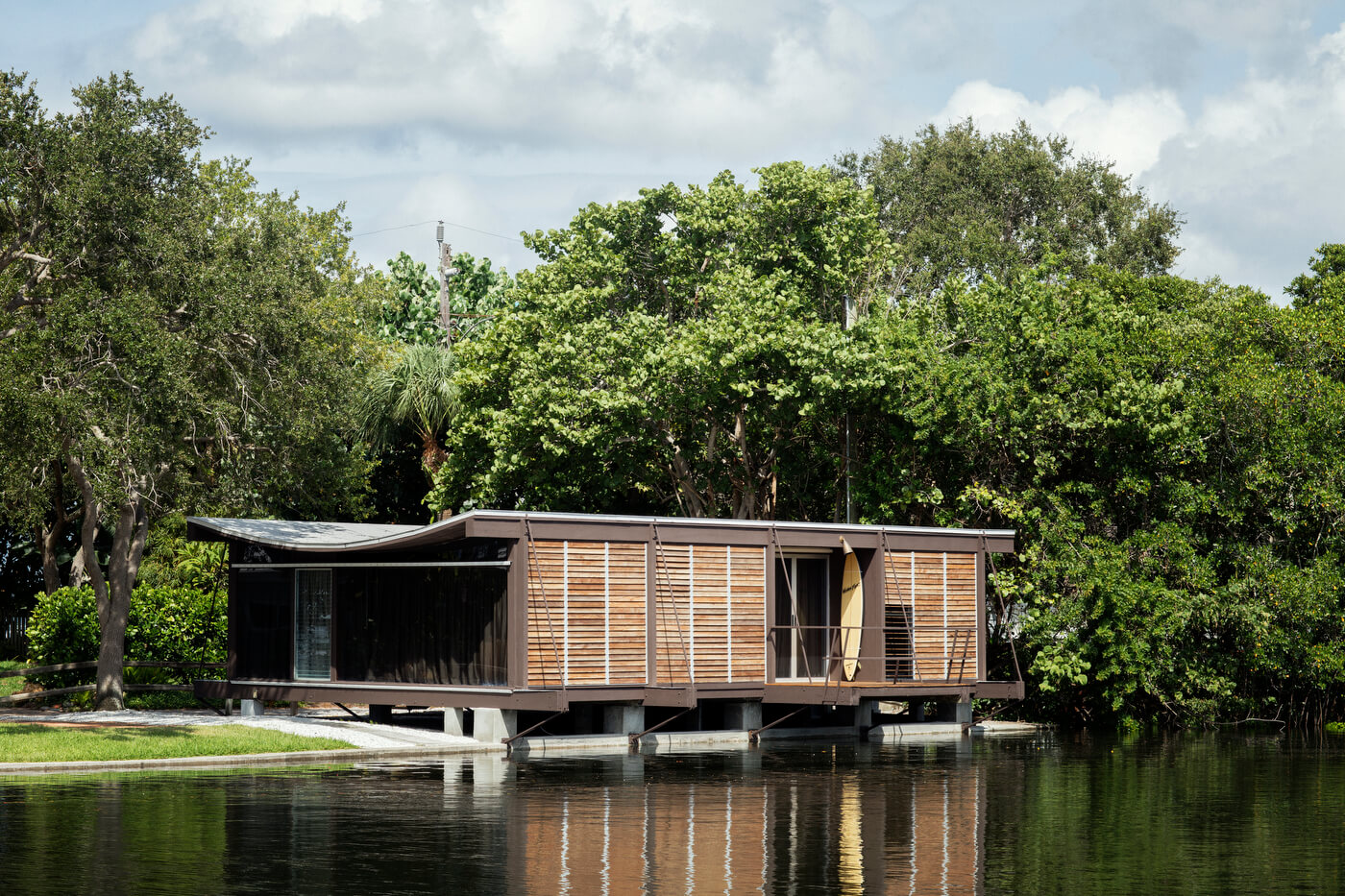
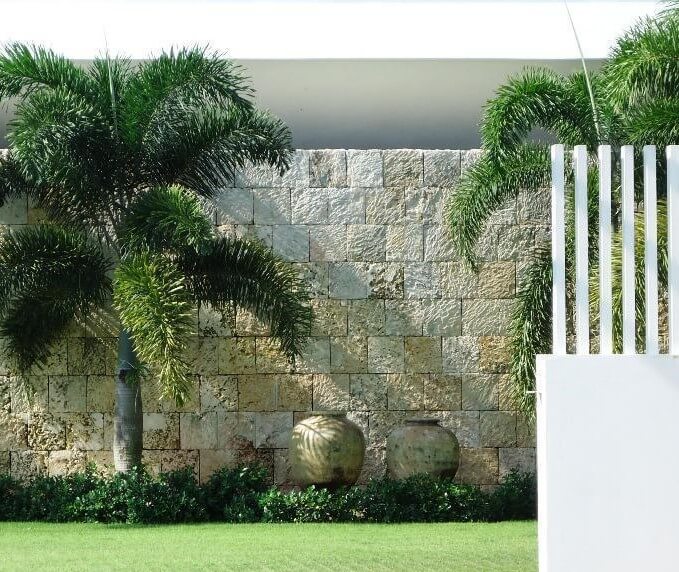
Natural oolite limestone
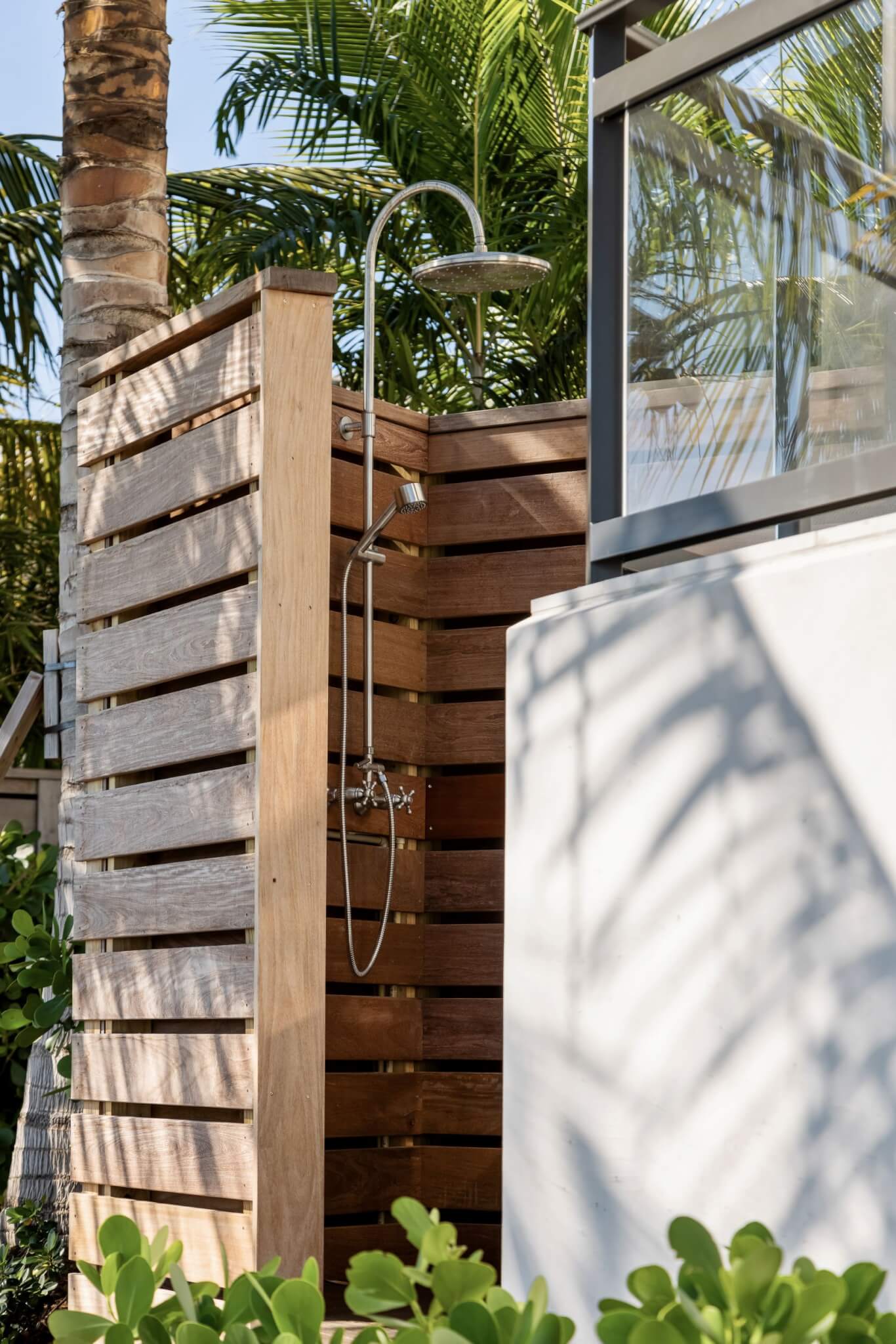
Embracing outdoor living
